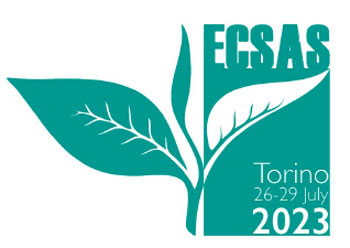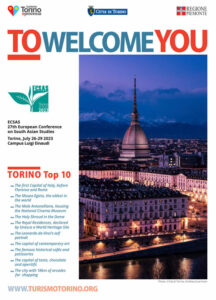Presenter
Mhaskar Sumeet - O. P. Jindal Global University, School of Government and Public Policy, Sonipat, IndiaPanel
22 – The present democratic crisis in South Asia: causes, distinctive elements and historical precedentsAbstract
Bhartiya Janata Party’s (BJP) rise to power in 2014 has generated major existential crises for the regional political parties. BJP has sought to decimate the regional political players by using the state apparatus and the influence of big capital. The regional political parties have responded to these challenges by associating with other political parties and adopting newer modes of mobilisation and expansion. This paper examines the case of Shiv Sena which allied with the BJP for nearly 25 years. In 2019, the Shiv Sena parted ways with the BJP and formed the government in alliance with Congress and NCP. In 2022, the BJP returned to power in Maharashtra by engineering a split in the Shiv Sena. Regarding mobilisation, the Shiv Sena has taken a Bahujan shift and is seeking to redefine Hindutva. How does one explain this shift in Shiv Sena’s language of mobilisation? Why did Shiv Sena break its long-standing alliance with the BJP in 2019? Using the field data and vernacular sources gathered between 2008-2022, this paper argues that Shiv Sena’s current political crisis is rooted spatial-economic transformation of Mumbai city during the last two decades. The collapse of large-scale industries and the contractualisation of public sector employment have diminished the well-paid job opportunities for blue and white-collar workers. These developments have pushed the Shiv Sena to deploy the Bahujan language to confront the BJP and the other claimants for nativist Hindutva politics. Bhartiya Janata Party’s (BJP) rise to power in 2014 has generated major existential crises for the regional political parties. BJP has sought to decimate the regional political players by using the state apparatus and the influence of big capital. The regional political parties have responded to these challenges by associating with other political parties and adopting newer modes of mobilisation and expansion. This paper examines the case of Shiv Sena which allied with the BJP for nearly 25 years. In 2019, the Shiv Sena parted ways with the BJP and formed the government in alliance with Congress and NCP. In 2022, the BJP returned to power in Maharashtra by engineering a split in the Shiv Sena. Regarding mobilisation, the Shiv Sena has taken a Bahujan shift and is seeking to redefine Hindutva. How does one explain this shift in Shiv Sena’s language of mobilisation? Why did Shiv Sena break its long-standing alliance with the BJP in 2019? Using the field data and vernacular sources gathered between 2008-2022, this paper argues that Shiv Sena’s current political crisis is rooted spatial-economic transformation of Mumbai city during the last two decades. The collapse of large-scale industries and the contractualisation of public sector employment have diminished the well-paid job opportunities for blue and white-collar workers. These developments have pushed the Shiv Sena to deploy the Bahujan language to confront the BJP and the other claimants for nativist Hindutva politics.


